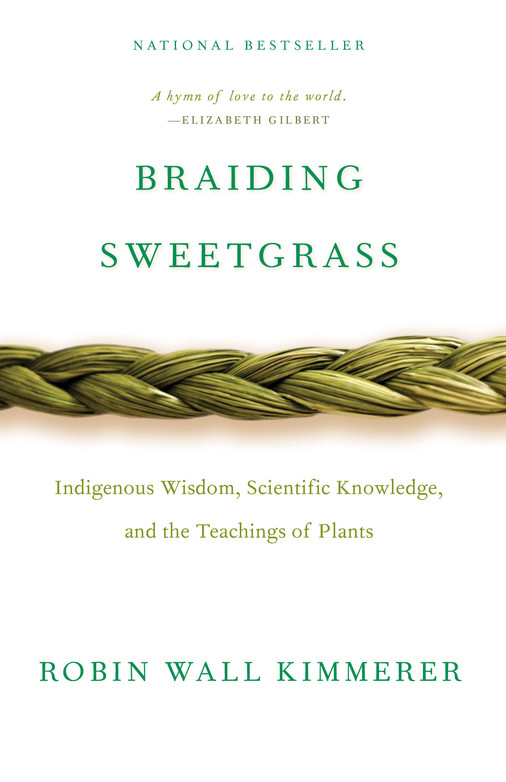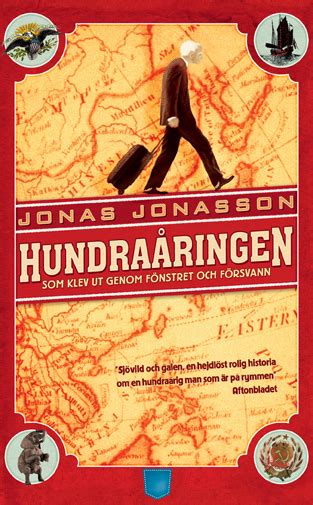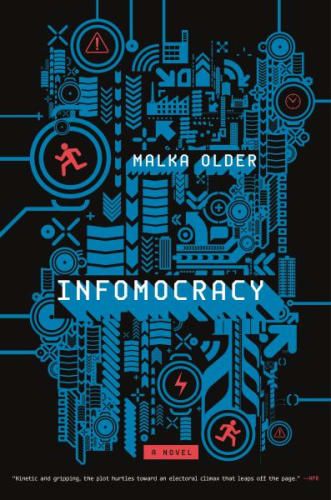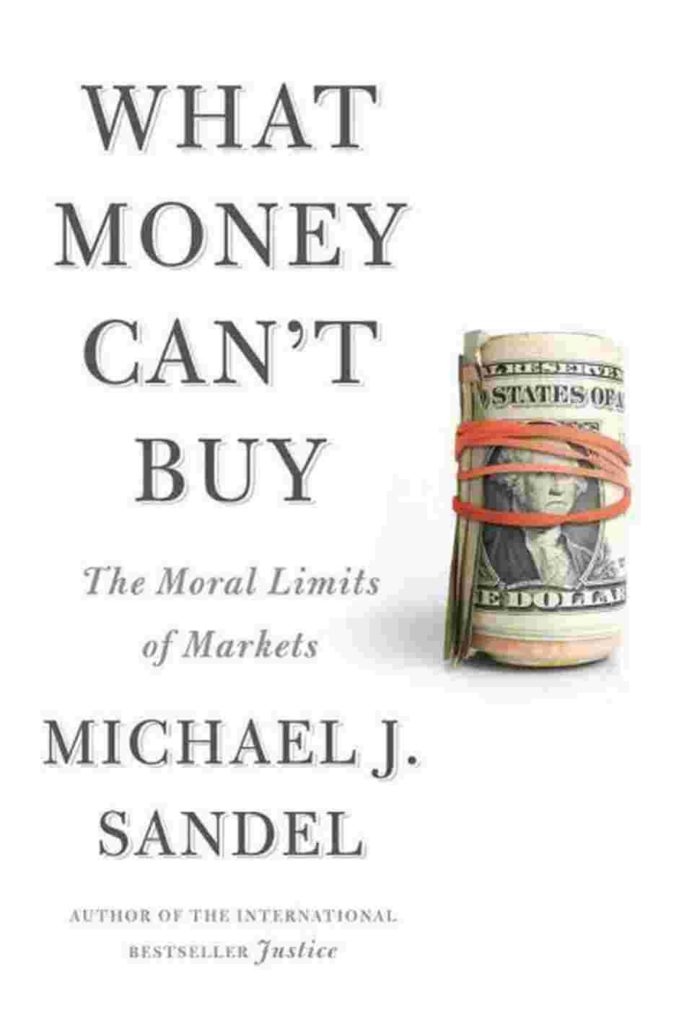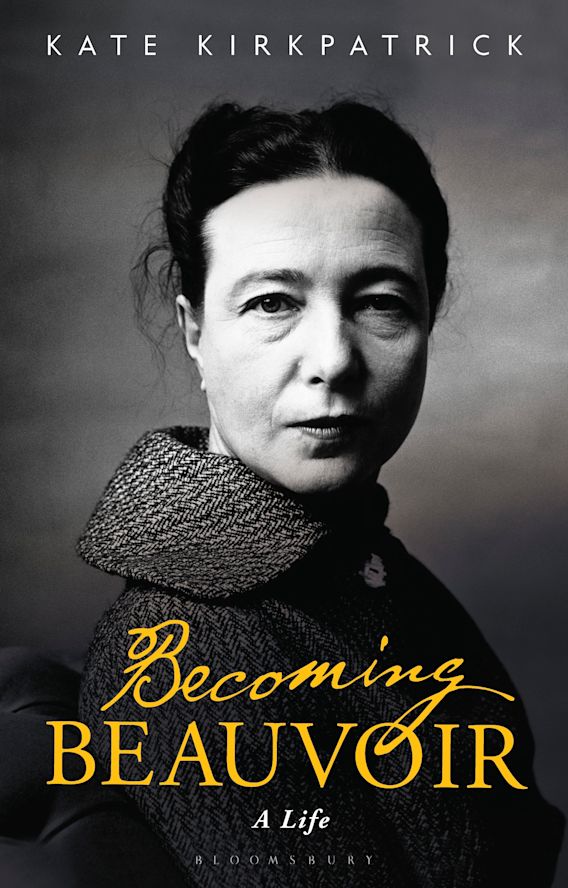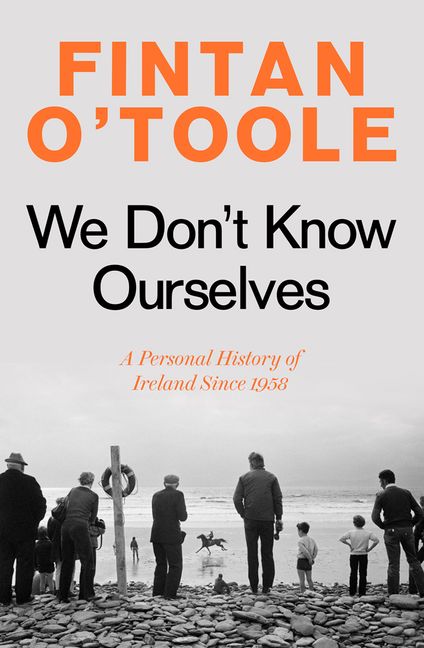I was concerned about the environment from a pretty young age, though whether it’s because Captain Planet was a successful piece of propaganda or because the combination of pragmatism and anxiety (“There’s nowhere else to go if we ruin the Earth”) set in early, who can say? Either way, “environmental awareness” has always been in the back of my mind, though usually in the form of planet-wide existential crises: the hole in the ozone layer, climate change, that sort of thing.
Coming up on ten years in Sweden, however, I’ve started thinking about the environment as a means of creating place on a personal level. How do you create the feeling of at-home, of belonging? The first step is to make the new surroundings familiar, to learn the names and properties of things. Theoretically. I don’t actually know very many plant or tree names for anywhere I’ve lived, but sometimes I page through our copy of Den Nordiska Floran with a guilty conscience.
Braiding Sweetgrass, as a collection of essays on ecology and the nature of relationships, speaks to that approach to the environment. Yes, planet-wide catastrophes are looming, but any individual disconnect from the environment is a loss on a personal level as well. Each essay in the collection explores a different facet of this disconnect, including at the academic level where the dispassionate and disconnected objective approach to environmental studies supercedes or ignores a squishier, more subjective one. Kimmerer is at home in both worlds and has a knack for transforming bleak, dry data points about a particular moss or plant or animal species into a narrative that, again and again, focuses on relationships and interdependency.
Here is an interesting tension: supporting worthy causes versus acquiring stuff. I always like to buy at least one thing if I visit a local independent bookshop, but I was on vacation, traveling only with my carry-on bag and a purse, and with limited shelf space at home. Financially support Reading in Public, an adorable bookstore and cafe in West Des Moines, or add to my growing mountain of stuff?
It comes as no surprise that I bought the book, of course. Now the escape route to avoid the mountain of stuff: am I deluding myself if I think that a curious reader taking the Greyhound out of Indianapolis will find the book before a harried cleaner just tosses it in the garbage? Would the profit earned by Reading in Public be worth whatever environmental cost may be incurred by the book once it leaves my hands? Is my motivator a noble detachment from stuff or the mindless disposability that naturally arises in a world filled with consumer goods that are constantly made anew? Am I a thoughtful steward of the planet or just lazy?
I suppose the only downside is that the people most likely to read and enjoy Braiding Sweetgrass are the ones who are already asking themselves those sorts of questions—preaching to the converted. But better to light a candle than curse the darkness.

